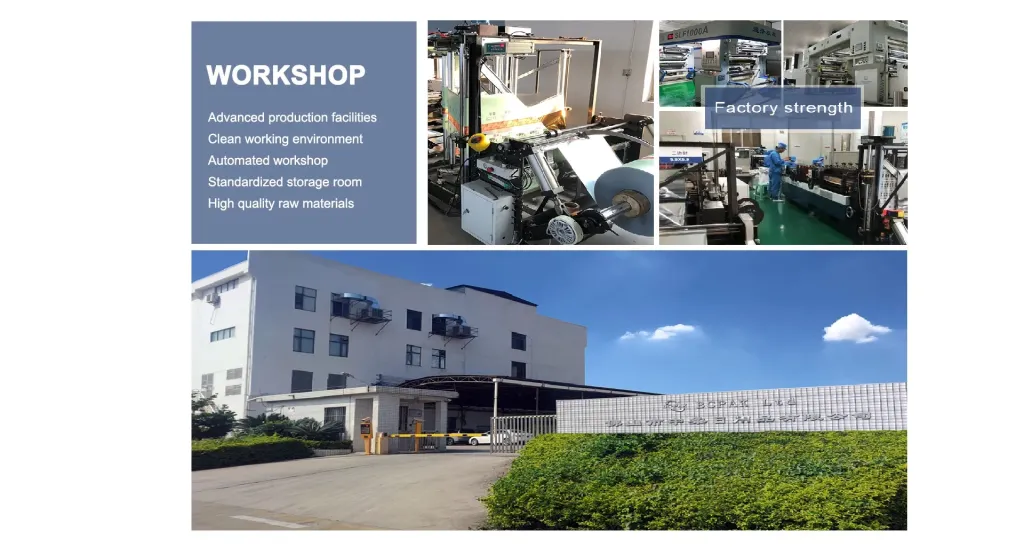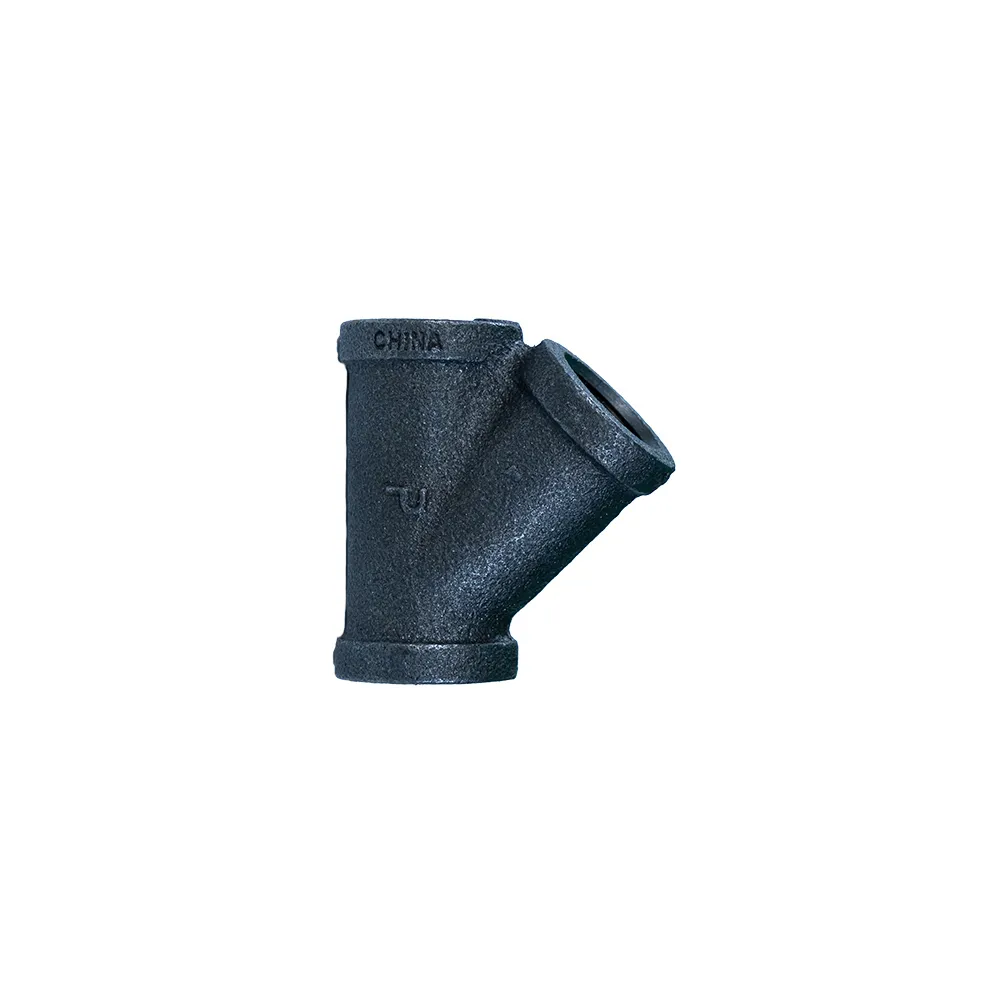Dated on Jan-10-2025


Authoritative industry guidelines often emphasize the cost implications of these choices. Unions might entail higher upfront costs due to their more complex design and materials, such as brass and stainless steel, which ensure durability and performance under stress. While couplings are generally less expensive, opting for them in applications where unions are better suited might incur additional long-term costs due to increased labor during system alterations or maintenance. Analyzing advice from piping experts and trusted sources further refines this decision. Trusted professionals in the field advocate for unions in tight spaces where pipe accessibility is difficult since unions allow for dismantling of pipe sections without needing to cut or disassemble additional components. Conversely, for long, straight pipeline runs with limited access or multiple joints, couplings present the most effective, trustworthy solution. Experience underscores the importance of assessing each system's unique needs against each component's strengths. A thorough evaluation of environmental conditions, installation complexities, and fluid dynamics will guide the selection process. Industry veterans frequently highlight the value of consultation with reputable pipe fitting manufacturers to further ensure that materials and sizes meet the specific demands of an application, thus ensuring optimum operational strength and reliability. In order to cultivate trustworthiness and achieve a well-informed decision, leveraging empirical research, in-field testing results, and expert collaborations is crucial. Consistently reviewing emerging technologies in pipe fitting can also uncover innovative materials or designs that might shift traditional preferences. For effective system design, both pipe unions and couplings have their place; recognizing the appropriate context for each will translate into increased efficiency, cost-effectiveness, and system longevity.
Post time: Jan-10-2025
Prev:
Related PRODUCTS









